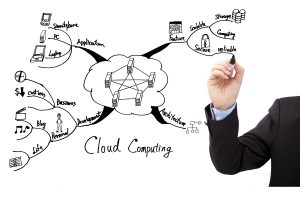
Customer experience (CX) and engagement is at the forefront of positive innovation in Government, creating efficient and convenient services, accessible access to information and opportunities for communication between agencies and their customers to build a clearer understanding of public needs and how to develop and reform operations. Carahsoft Technology Corp., The Trusted Government IT Solutions Provider®, features a portfolio of industry-leading solutions and providers to support the Government in its efforts to share and report information to its community. Throughout this year, new and returning events will showcase the latest technologies, generate meaningful conversations through networking sessions and provide live product demonstrations to enhance Government CX. We look forward to joining these events with you soon! Continue reading


 As we emerge from the isolation of the pandemic and begin interacting in person again, it will be in a world that looks and feels a lot different. While we crave human interaction, that does not mean we want to go back to standing in lines at office buildings to complete certain tasks. Over the past year, people have gotten used to doing things virtually. Government agencies have made incredible progress moving traditionally manual, paper-intensive, in-person processes online, and there's no reason that should stop now that in-person is an option.
As we emerge from the isolation of the pandemic and begin interacting in person again, it will be in a world that looks and feels a lot different. While we crave human interaction, that does not mean we want to go back to standing in lines at office buildings to complete certain tasks. Over the past year, people have gotten used to doing things virtually. Government agencies have made incredible progress moving traditionally manual, paper-intensive, in-person processes online, and there's no reason that should stop now that in-person is an option. Shared Services in government is nothing
Shared Services in government is nothing In one of its first acts, the 117th Congress passed the
In one of its first acts, the 117th Congress passed the Citizen Experience
Citizen Experience
